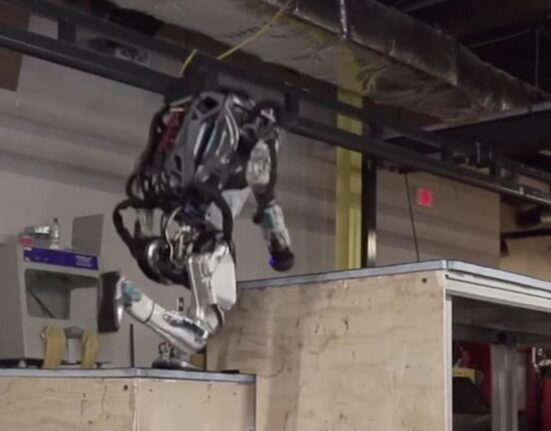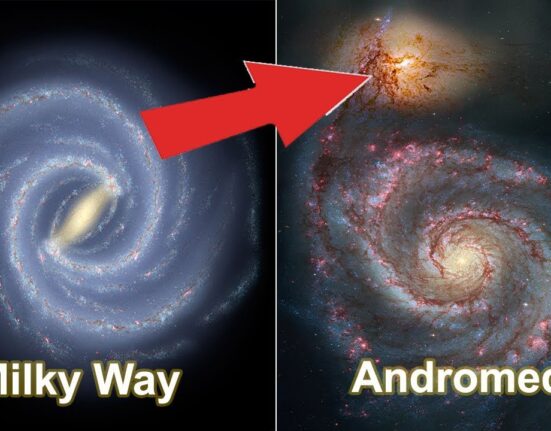Imagine a world where the roar of diesel engines is replaced by the gentle hum of fuel cells, powering long-haul trucks along highways while emitting nothing but water vapor. This vision is now closer to reality, thanks to a groundbreaking discovery by researchers at UCLA. Led by Professor Yu Huang, a trailblazer in materials science and engineering, the team has shattered barriers in fuel cell technology, propelling the lifespan of these energy sources beyond what was once considered feasible.
“Our pure platinum catalyst, enhanced with a graphene-based protection strategy, overcomes the shortcomings of conventional platinum alloys by preventing the leaching of alloying elements.”
The journey towards sustainable transportation has been fraught with challenges, particularly in heavy-duty sectors like trucking. These vehicles not only haul massive loads across vast distances but also contribute significantly to greenhouse gas emissions. However, with advancements in polymer electrolyte membrane fuel cells (PEMFC), a cleaner future for long-haul transportation is on the horizon.
“Heavy-duty fuel cell systems must withstand harsh operating conditions over long periods, making durability a key challenge.” – Prof. Yu Huang
Fuel cells operate by converting hydrogen’s chemical energy into electricity through an electrochemical reaction that produces water vapor as its sole emission – an environmentally friendly solution compared to traditional fossil fuels. Yet, issues such as catalyst degradation have hindered their widespread adoption in heavy-duty applications.
The crux of this breakthrough lies in a novel catalyst design developed by the UCLA team – one that defies conventional limitations and ushers in a new era for fuel cell technology. By intricately embedding ultrafine platinum nanoparticles within protective graphene pockets and Ketjenblack structures, they’ve created a robust shield against degradation while preserving catalytic efficiency.
“Our innovation ensures that the catalyst remains active and robust even under demanding conditions typical of long-haul applications.” – Prof. Yu Huang
In rigorous testing scenarios simulating years of real-world driving conditions involving voltage cycles and stress tests, this new catalyst exhibited remarkable resilience. With less than 1.1% power loss after extensive trials surpassing 90,000 square-wave cycles, it promises lifespans exceeding 200,000 hours – setting a new standard far beyond current targets set by governing bodies.
This breakthrough not only paves the way for cleaner heavy-duty transportation but also signals a monumental shift towards reducing emissions and enhancing fuel efficiency on a large scale. The implications are profound as we stand at the cusp of transforming our roads into eco-friendly corridors powered by hydrogen-fueled technologies.
As we salute these pioneering minds at UCLA for their relentless pursuit of innovation in clean energy solutions, one thing becomes abundantly clear – our journey towards sustainable mobility just received an unprecedented boost from this game-changing research endeavor.








Leave feedback about this